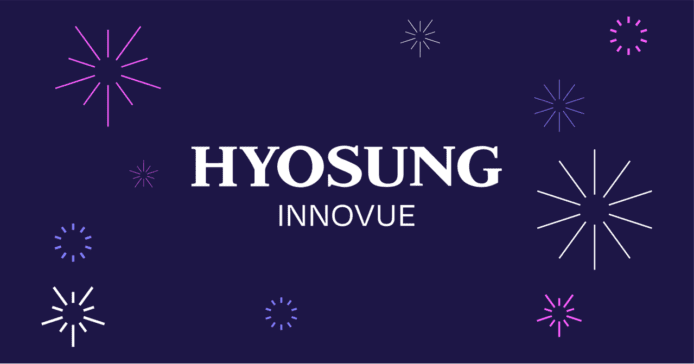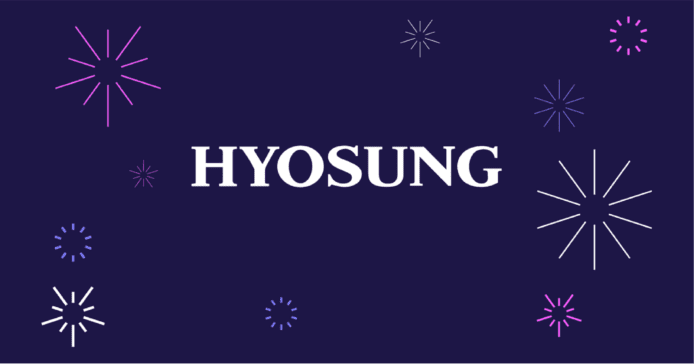Interactive teller machines represent the latest in cutting-edge ATM technology. ITMs combine the standard ATM user experience and the traditional live teller experience, all in one compact console.
When it comes to modernizing bank branches, interactive teller machines are a big part of many financial institutions’ strategy. Branch transformation interactive ATMs can save your FI a considerable amount of money, or they could be an expensive upgrade that doesn’t change your bottom line much. Here’s a list of interactive teller machine pros and cons that will help you to decide if this new technology is right for your bank.
Pros
First and foremost, ITMs are all about improving wait times for teller-assisted transactions. No one likes to wait in a teller line, and with so much banking being done online, it really feels like an annoying relic of a bygone era. Since an ITM can perform 80-90% of the same transactions a teller can, you can funnel your customers to ITMs instead of human tellers. Powered by software like Hyosung’s ActiveTeller software, these machines can function like normal ATMs, or connect your customers to a teller via video link if a human touch is needed to complete the transaction. Ultimately, this means a single teller can service multiple lines, customer wait times will be reduced, and your employees will have more time to focus on other tasks.
This can also improve safety, since tellers working via video assistance can perform their job from a secure location, and can help you expand functional business hours without having to keep your whole building open for longer. They also allow you to offer near-full service banking at remote locations.
Cons
The biggest drawback to this branch transformation strategy is cost. An interactive ATM is a relatively expensive piece of hardware, and to really see a change in your bottom line, your company will need to implement this technology on a large scale. Aside from the entry costs, the other drawbacks are relatively minor. Expanding business hours through ITM service could require hiring employees to work staggered shifts, which can be difficult if you’re usually staffed 9-5. Some degree of training is also involved with upgrading to an ITM-based branch, though ActiveTeller software is designed to be extremely user-friendly for both customers and tellers.
If you’re deploying ITMs in remote locations, you may have to invest in upgrading connection speeds, since hi-def video requires a certain amount of bandwidth.
Are ITMs Right for My Financial Institution?
Just to recap, here are the pros and cons of implementing ITM technology.
Pros:
- Reduce wait times
- Improve teller efficiency
- Modernize the branch experience
- Expand operating hours
- Increased employee safety
Cons:
- Expensive to implement
- New staffing needs
- Requires some additional training
- May require network upgrade
So, should you upgrade to an ITM? Well, the answer really depends on your customers’ needs, the existing technology in your branches, and the potential growth from expanded business hours and a bigger geographical reach. Put simply, if teller lines are a problem at your branch, interactive teller machines can be the solution. If your market research shows that expanding business hours or offering offsite teller-assisted banking will bring in a substantial amount of new customers, ITMs are also a great option. Contact Hyosung America today to speak with an expert and discover if ITM technology makes sense for your FI.


